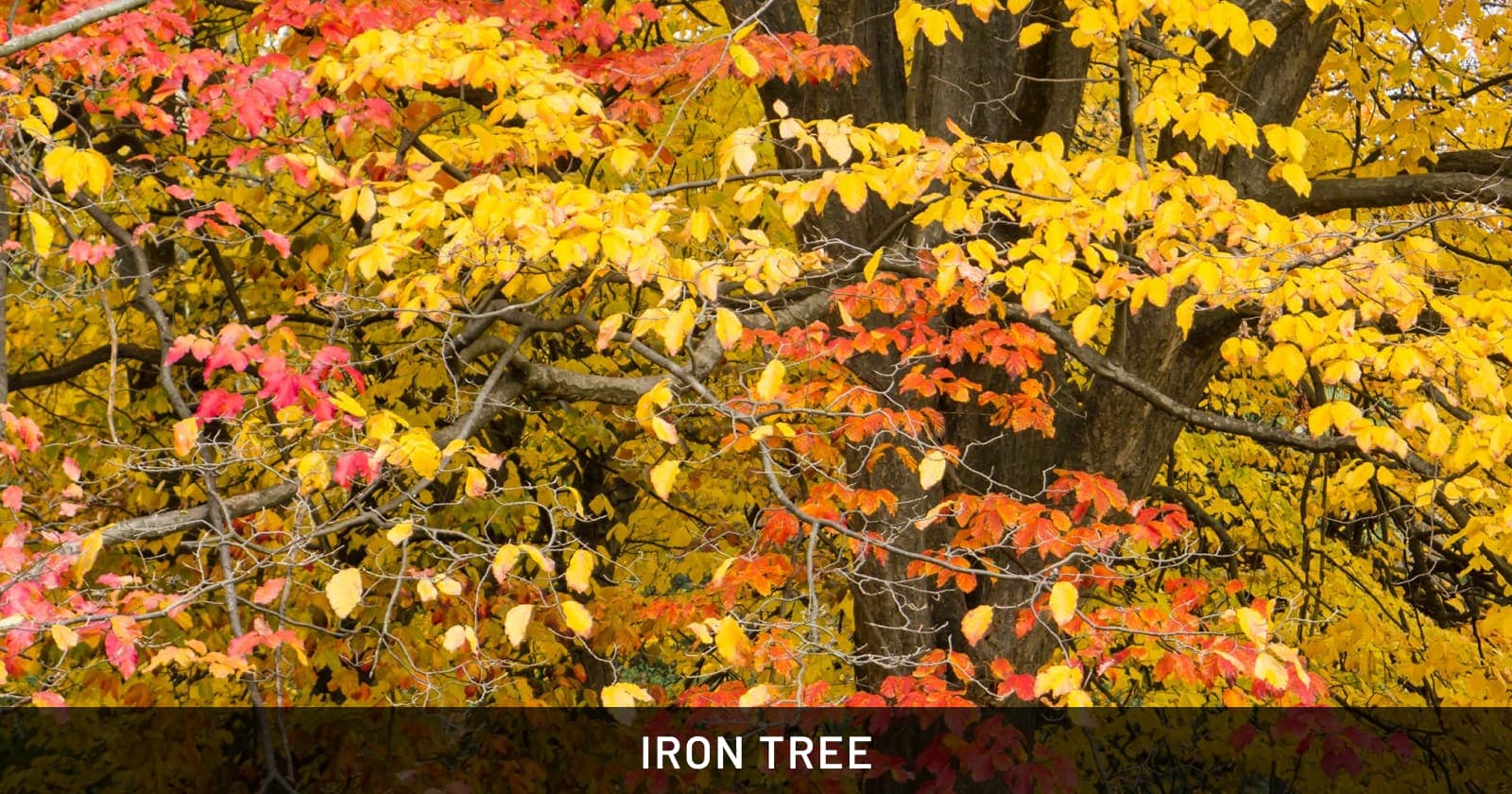Iron Tree

The Iron Tree Plant, scientifically known as Parrotia persica, offers a striking addition to any garden, particularly noted for its pet-friendly nature. This deciduous tree captivates with its unique, multi-hued bark and vibrant fall foliage in shades of gold, red, and purple. Originating from the forests of Iran, the Iron Tree Plant thrives in full sun to partial shade and prefers well-drained soil. It’s remarkably resilient, tolerating both drought and urban pollution, making it an excellent choice for city dwellers seeking a touch of nature. For pet owners, rest assured, this plant poses no toxic risk to cats or dogs, allowing them to roam freely and safely. Its low maintenance and non-toxic properties make the Iron Tree Plant a stress-free and beautiful addition to both your home and garden.
Here’s a detailed table showcasing the characteristics and scientific details of the Iron Tree Plant (Parrotia persica):
| Characteristic | Detail |
|---|---|
| Common Name | Iron Tree Plant |
| Scientific Name | Parrotia persica |
| Family | Hamamelidaceae |
| Origin | Iran |
| Type | Deciduous tree |
| Height | Typically 20-40 feet, can reach up to 50 feet |
| Width | 15-30 feet |
| Leaf Color | Green in spring and summer; yellow, red, or purple in fall |
| Bark Description | Smooth, gray, exfoliating to show green, white, or brown underbark |
| Flower Characteristics | Small, red flowers without petals, visible in winter |
| Soil Preference | Well-drained, moist, fertile soil |
| Sun Exposure | Full sun to partial shade |
| Hardiness Zones | USDA zones 4-8 |
| Drought Tolerance | High |
| Pollution Tolerance | High |
| Maintenance Level | Low |
| Toxicity | Non-toxic to cats and dogs |